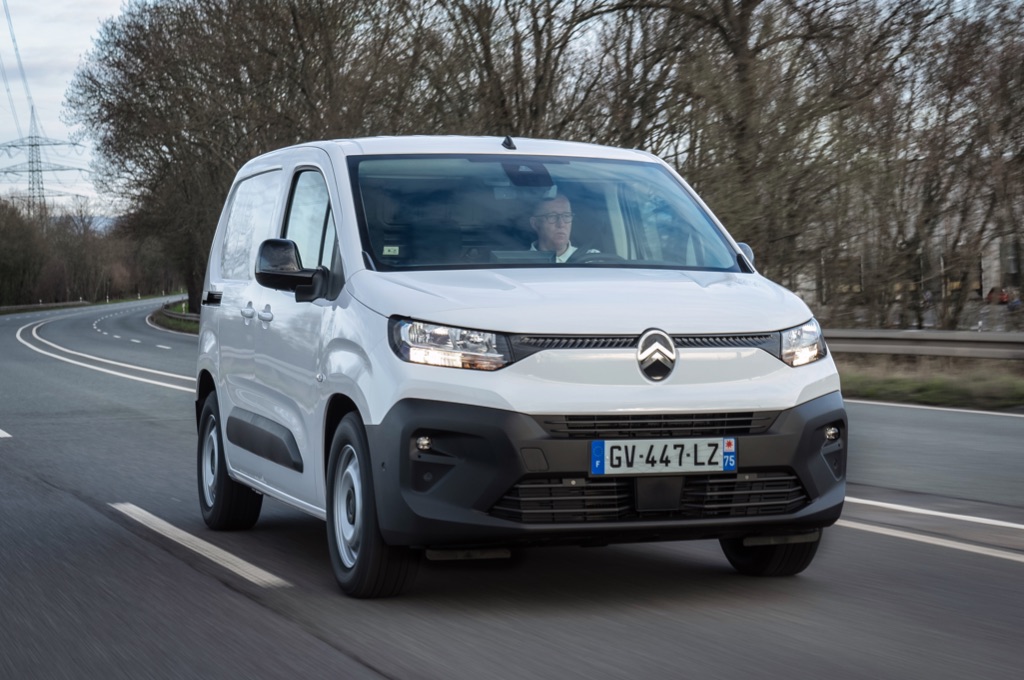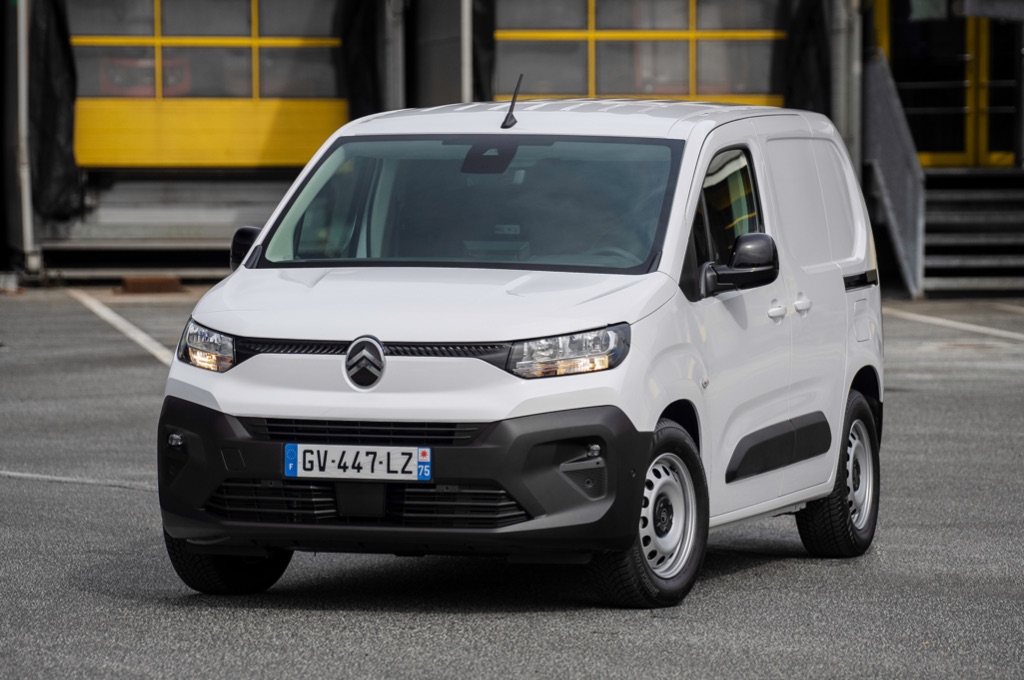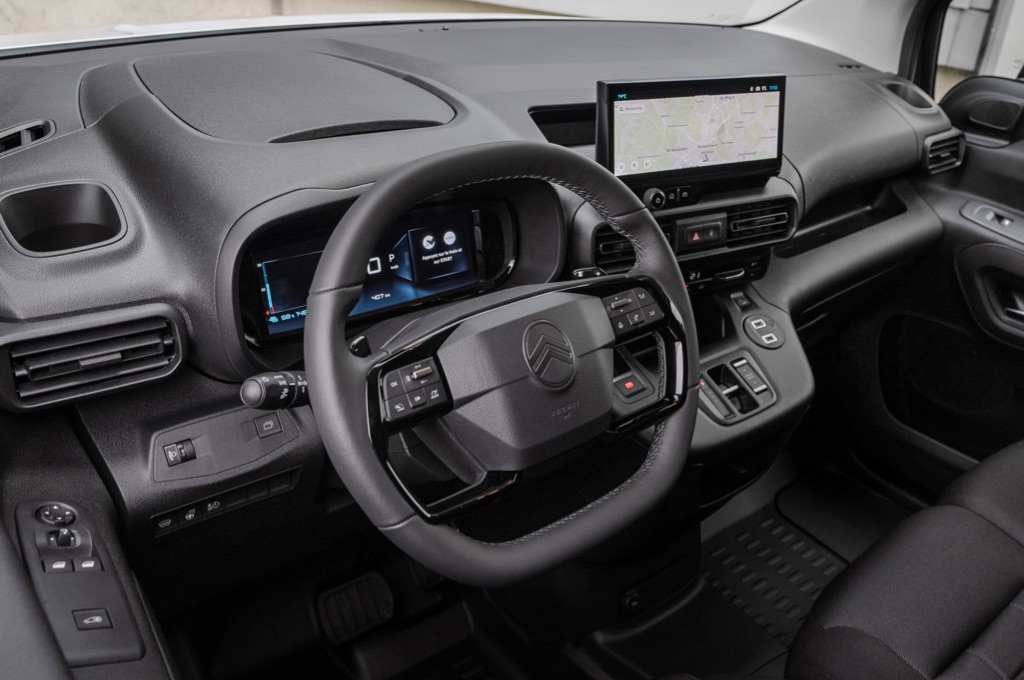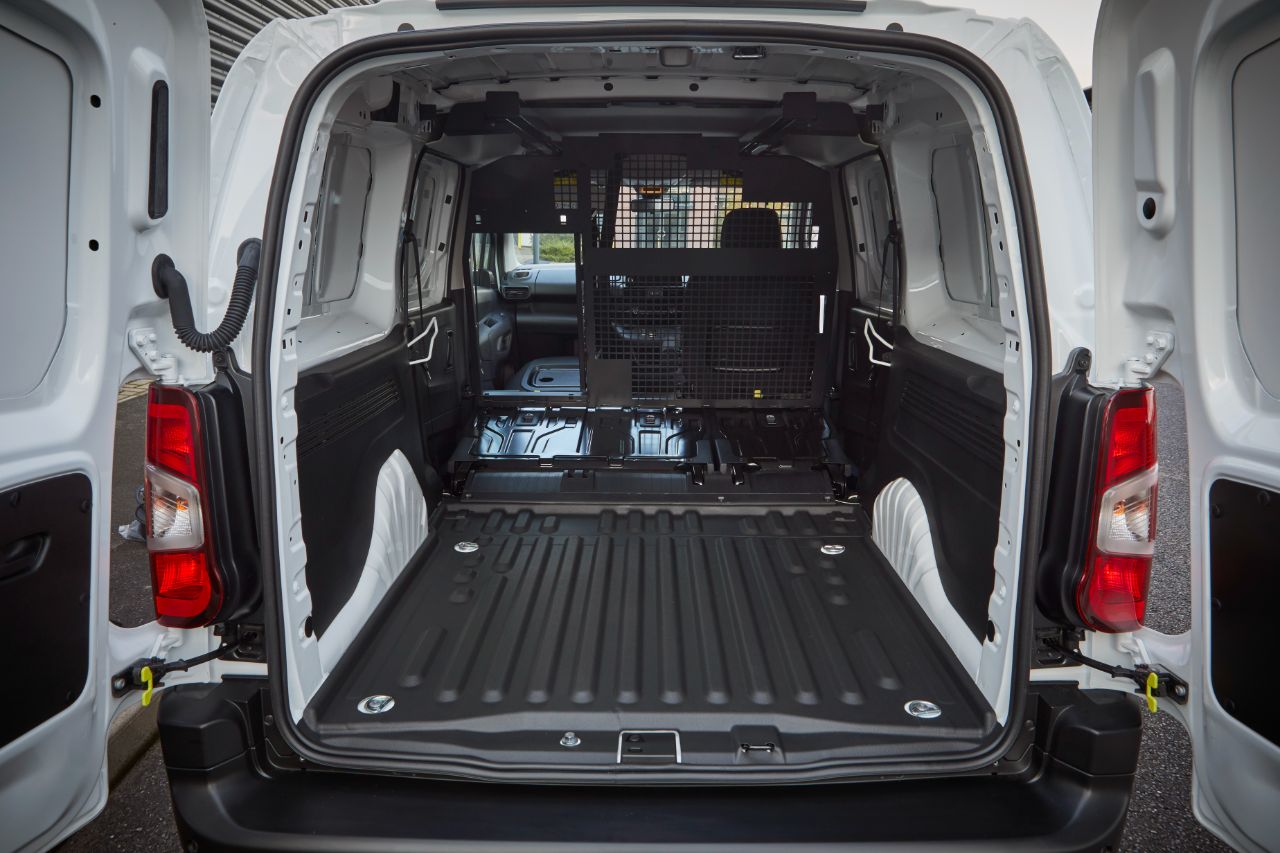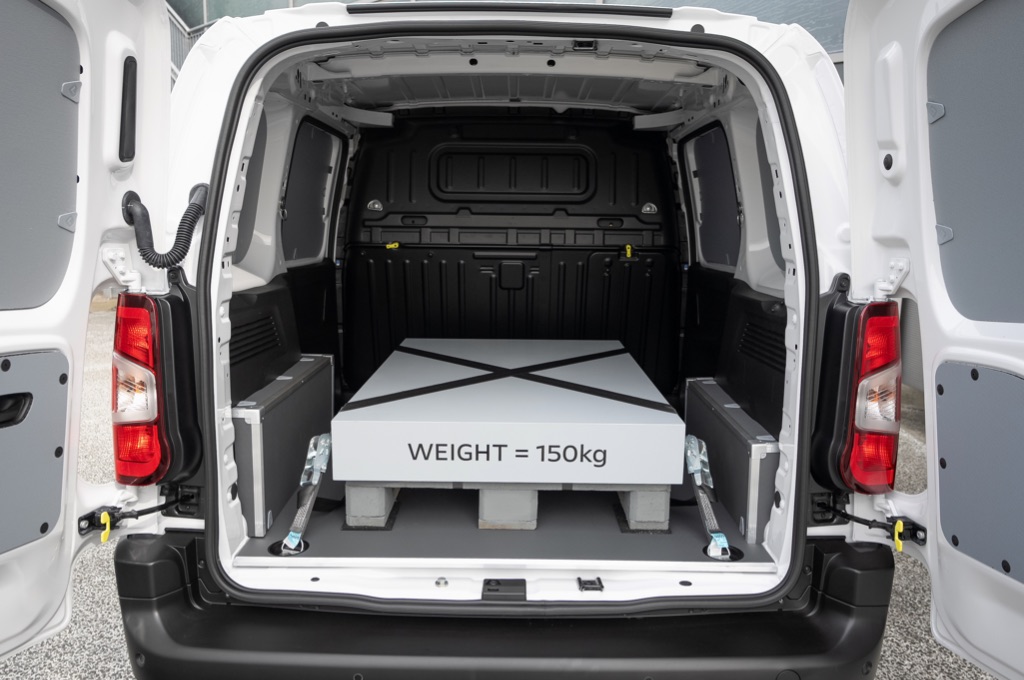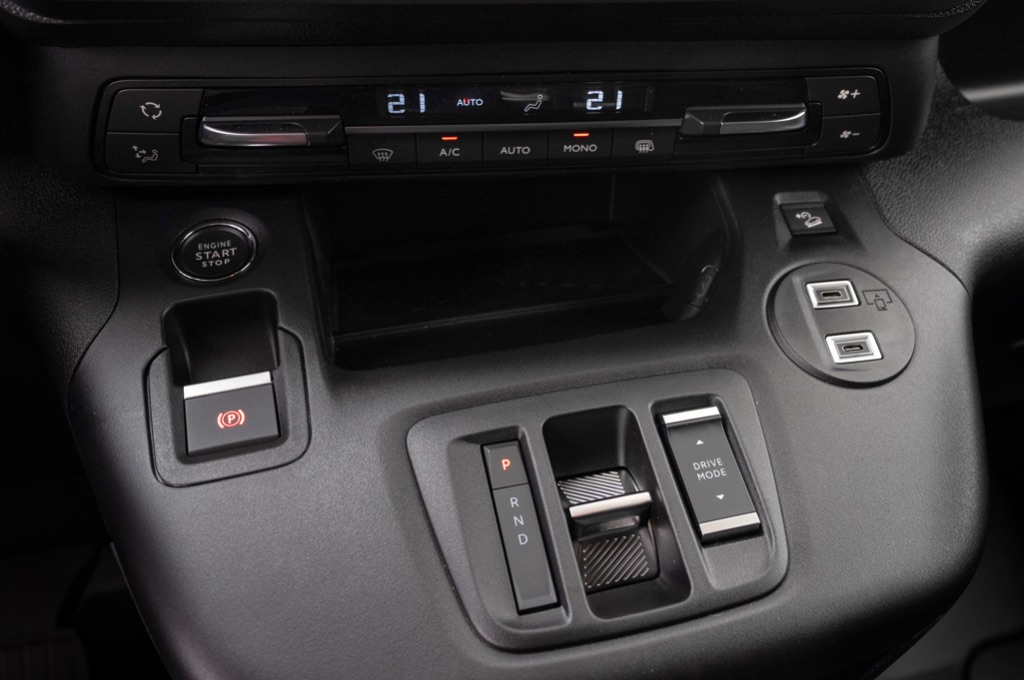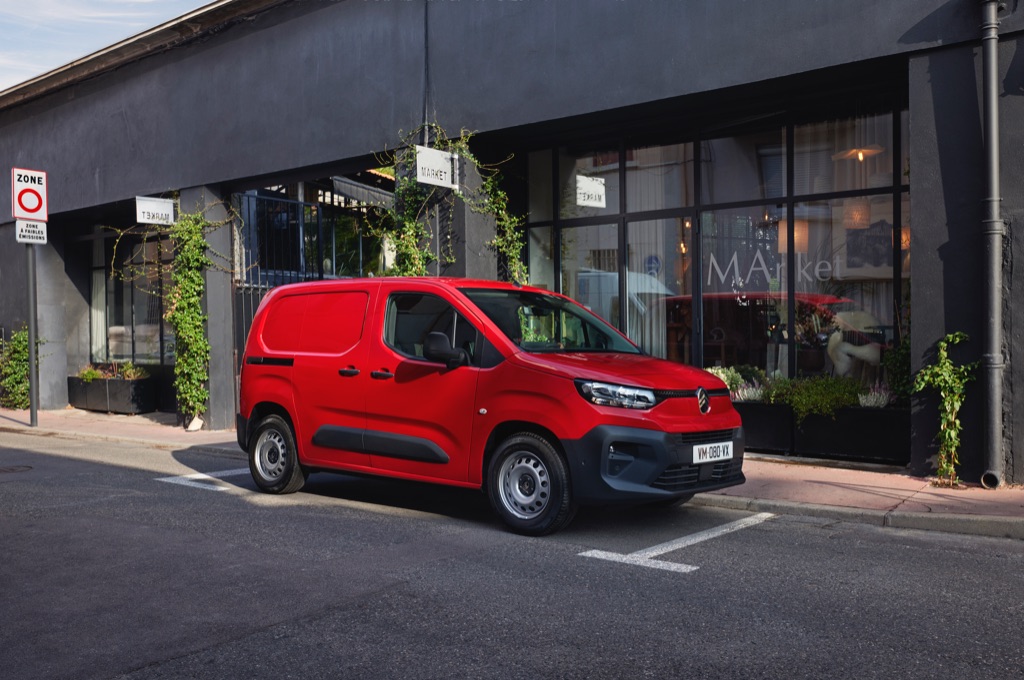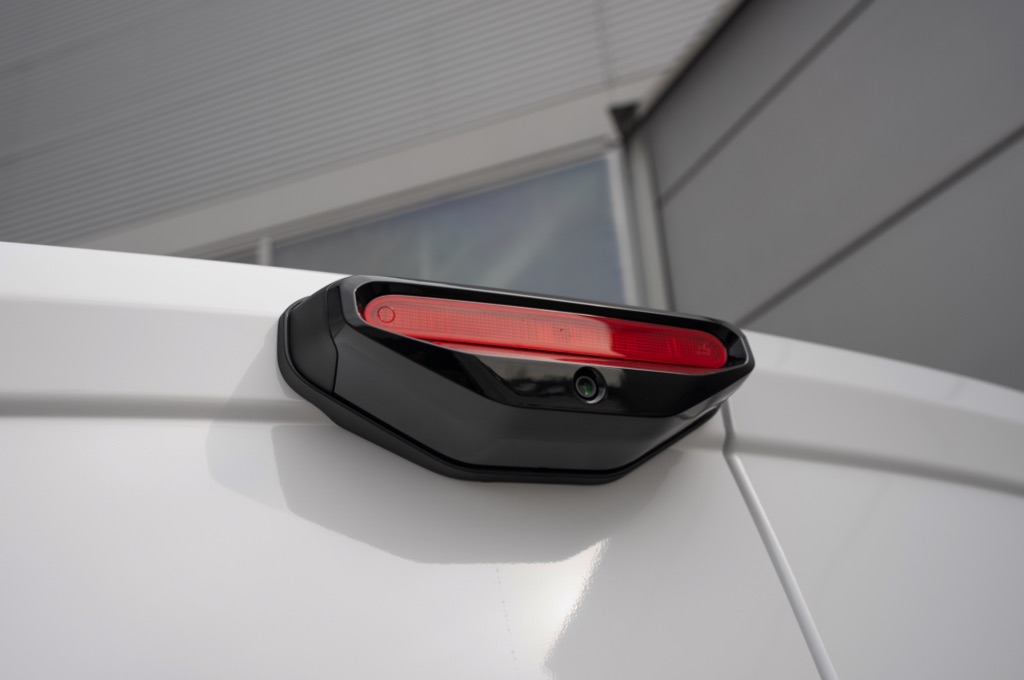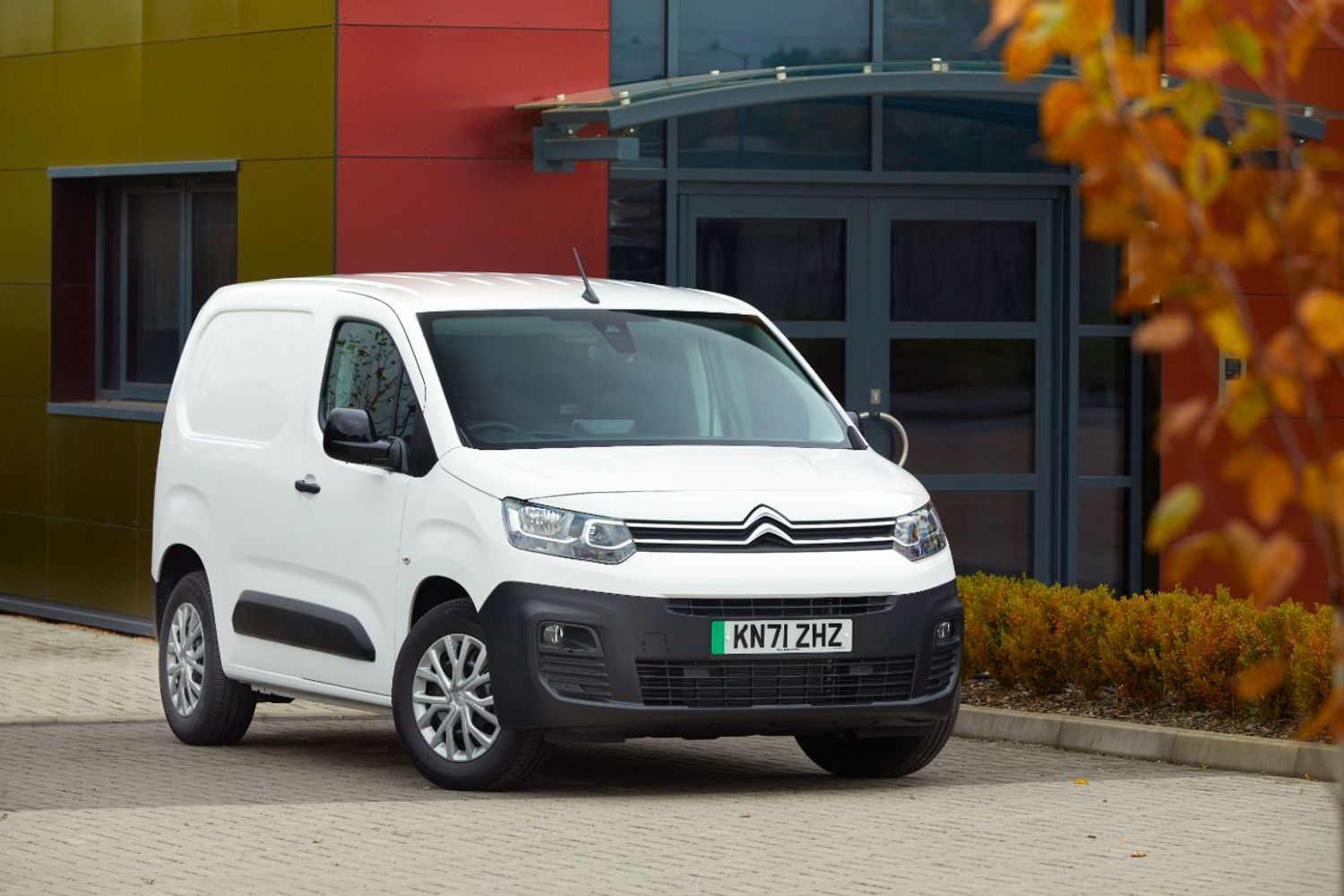The good news for the nation’s van drivers is that there’s a revolution underway. With cities around the world encouraging low-emission vehicles, manufacturers are having to up their game. As a result, a new generation of vans is upon us. Unlike older designs, the new vans are based almost entirely on road car underpinnings. This means that for brands like Citroen, making an all-electric van involves little more than taking the platform (the wheels, floor, battery and motor) from its eC4 and clothing it in a body that can either be specified as a roomy people carrier or a traditional panel van.
For the latest monthly offers on this or any other van, with free fast delivery, call our partner Vanaways on 0800 368 3286
Design
As we’ve already established, the latest-generation e-Berlingo is the most technically advanced model to wear the badge. Thankfully, Citroen’s pursuit of the latest driving gadgetry has done nothing to spoil the Berlingo’s reputation for practicality.
Customers can choose from two body length options. The confusingly titled M model is 4.4 metres long and comes with a 3.3m3 load cube while the XL version is 4.75 metres long and has a carrying capacity of 3.8m3. The XL version also comes as a Crew van with a second row of seats. Opt for this model and the load cube capacity is 1.8m3. Drivers looking to maximise the load space (and carry longer loads) can take advantage of the Extenso cab facility that allows the centre and outer seats to be folded in order to create either extra load space or a mobile desk.
In terms of carrying capacities, the standard length e-Berlingo has a payload of 803kg while longer XL model can carry loads of up to 751kg. The Crew Van has an official payload rating of 721kg. All e-Berlingo models are rated for towing duties, with all models capable of hauling up to 750kg (braked and unbraked).
Standard length M models come with a single sliding door mounted on the passenger side, while XL versions come with twin sliding doors. Each door is 675mm wide and 1,072mm high, making it easy to load and unload. The load cube itself is wide and high and can accommodate two euro palettes. Citroen has clearly worked hard to minimise space lost to the rear wheel arches, and the end result is a very usable and practical load area. The 10 lashing points (six on the floor and four at mid-height) feel solid and sensibly placed while those opting for the Driver Pro version benefit from a hard plastic load protector on the floor.
Cabin comfort is first class, and although you can see and feel how Citroen has been able to pare back some of the material quality, it’s still comfortable with a fine driving position. The dials are analogue but none the worse for it, and give a clear read-out of range and charging status.
As the e-Berlingo is only available with Citroen’s higher spec trim grades; Enterprise Pro and Driver Pro, all models are fitted with a DAB radio with steering mounted controls, USB port and 8” touchscreen that’s both clear and intuitive to use. The tiny e-shifter – dubbed ë-Toggle – is mounted where the gearstick would normally be and has a pleasing, smooth motion as you switch between drive and reverse. Drivers can also engage B mode which triggers maximum regeneration. While B mode works decently enough, replenishing the battery when you lift off the accelerator it doesn’t deliver a true ‘one pedal’ driving experience.
Battery and range
The new e-Berlingo replaces the brand’s half-hearted first all-electric model that first arrived in 2013. It was powered by a 22.5kWh battery and came with a meagre 106 miles of range, which easily dropped to around 80 miles with a full load and cold weather. It also came with an optional CHAdeMO DC connector that topped out at 50kW. While these stats were okay by 2013 standards, by the time Citroen called time on it in 2019, it was feeling seriously outdated.
The e-Berlingo has the same 50kWh battery pack with a usable capacity of around 45kWh. It’s still a big improvement on its predecessor, but may not be quite big enough to make the e-Berlingo a viable option for drivers who do higher daily mileages.
Citroen quotes a WLTP range of 171 for the e-Berlingo, which again is a decent advance on what it predecessor could deliver. All models are, impressively, equipped with a heat pump as standard that helps to reduce energy consumption in cold weather. However, we found that on cold mornings, the displayed range on a fully charged battery could be as low as 115 miles, which is some way off the claimed 171. During our time with the e-Berlingo, we averaged 3.0 miles per kW, which would give a maximum range of 135 miles in Normal mode.
The e-Berlingo comes with three driving modes; Eco, Normal and Power, all of which alter the power output of the motor. In Eco mode, power is limited to 80bhp while the heating system switches to a less power-hungry setting. In Normal, power output is 107bhp while Power mode allows the driver to use all 134bhp.
Charging
The e-Berlingo comes with CCS rapid charging with a maximum speed of 100kW - which is a decently high figure and double that of its predecessor. As a result, a 0-80% charge can be achieved in around 30 minutes on a suitable (100kW+) charger.
Citroen equips the e-Berlingo as standard with a 7kW onboard AC charger, which will be fine for those charging at home. For owners will access to three-phase electrics (as many businesses do), the onboard charger can be upgraded to 11kW for an additional £300. When connected to a standard 7kW charger, the e-Berlingo can be charged from empty to full in 7.5 hours.
Equipment and value
In terms of gadgets and safety kit, the e-Berlingo comes with 18 driver assistance systems, including keyless system and hill start assist, lane departure warning system, a rearview camera with radar sensors, blind spot assist, active safety brake and hill descent control. Air conditioning is standard on both trim grades. Driver Pro versions add Connect Nav navigation system which comes complete with Apple CarPlay and Android Auto along with better comfort seats.










